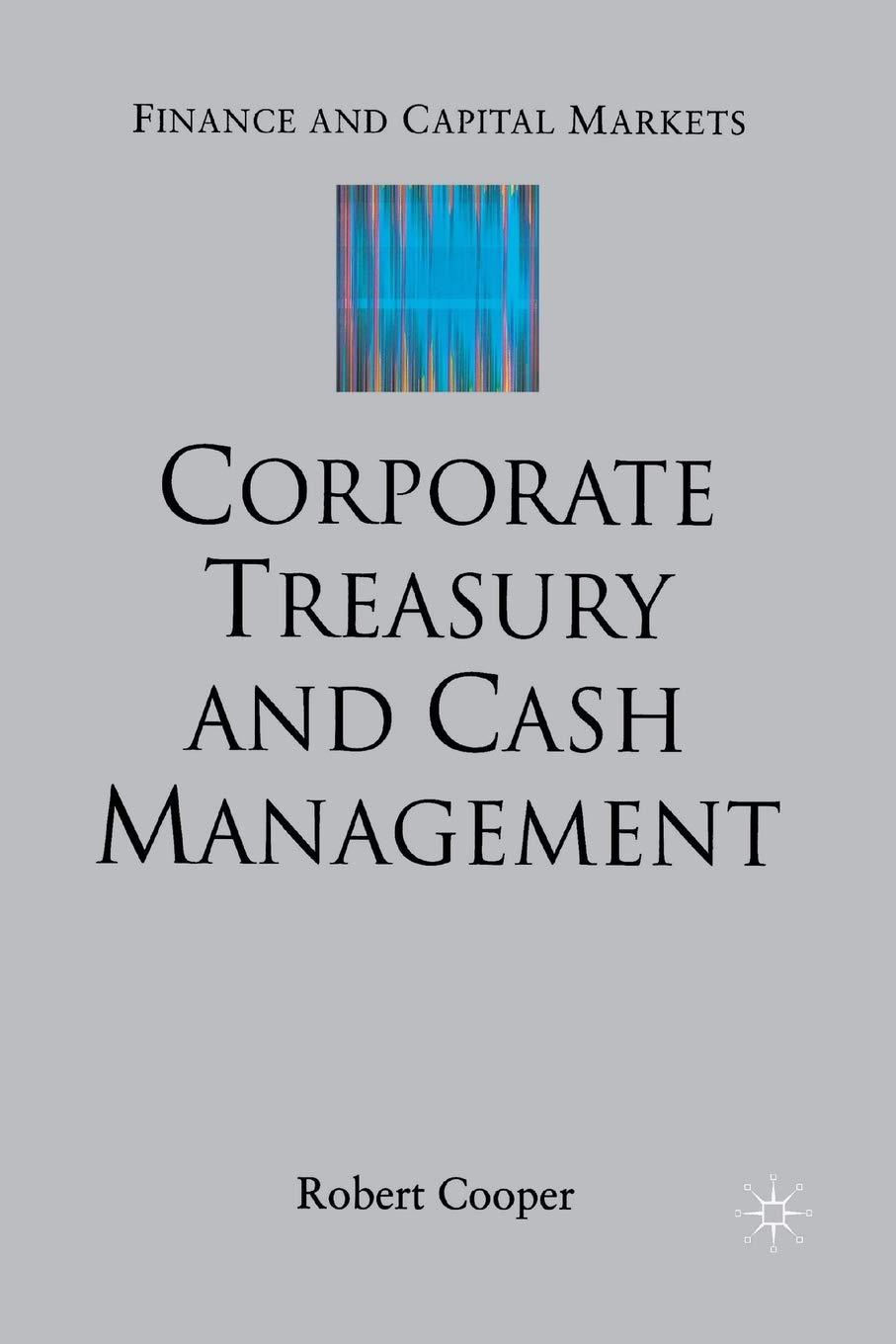Question
Please give detailed, step-by-step answers. Much appreciated! Kodak used to primarily produce and distribute photographic paper and developing materials for traditional (i.e., non digital) photographic
Please give detailed, step-by-step answers. Much appreciated!
Kodak used to primarily produce and distribute photographic paper and developing materials for traditional (i.e., non digital) photographic methods. A sizable portion of their business was home photography. Since they were one of the few suppliers of such materials, as the population grew, so did the demand for their product. Consider the value of Kodak in 1970. At that time, the investment capital per share (ICPS) for Kodak was $20. Given their market power, their return on investment was 15%. During that time, the required rate of return on Kodak was .14. In 1970, the policy of Kodak was to plowback 25 percent of its earnings per share.
1. (4pts) For simplicity, assume that Kodak pays a dividend once a year. The next dividend payment will be exactly one year from now. Given Kodaks plowback policy, what was the dividend paid in 1971? Assume that it took all of 1970 to generate the earnings off of Kodaks $20.00 ICPS and that the reinvesting and paying of dividends occurred right at the beginning of 1971. Hint: EPS=ICPS*ROI
2. (4pts) Given Kodaks plowback policy, what was the growth rate in the dividends payments through time?
3. (2pts) Given Kodaks plowback policy, the market believed that Kodak could continue to generate 15 percent return on investment and would maintain its payout policy. Given these beliefs, what was a fair price for Kodak in 1970 immediately after it paid its 1970 dividend?
4. (4pts) Given the assumptions listed above, what is the present value of Kodaks growth opportunities? Hint: The present value of growth opportunities (PVGO) is the difference between the value of the firm with a growing dividend (due to positive plowback) and the value of the firm if there is no dividend growth (due to no plowback).
5. (2pts) If Kodak increased its plowback ratio in 1970, what would have happened to their stock price? Circle one.
go up go down no change cannot tell without
more information
Explain your answer.
6. (4pts) Now consider what has happened to Kodak around the arrival of the new millennium. The biggest development has been digital photography, which does not require the types of chemical processes that was the core of Kodaks business. In fact, Kodak had not been involved with digital photography at all. With the initial discovery and penetration of digital technology, the value of Kodaks stock plummeted. Explain why this happens in terms of the discounted cash flows, payout policy and the present value of growth opportunities.
Step by Step Solution
There are 3 Steps involved in it
Step: 1

Get Instant Access to Expert-Tailored Solutions
See step-by-step solutions with expert insights and AI powered tools for academic success
Step: 2

Step: 3

Ace Your Homework with AI
Get the answers you need in no time with our AI-driven, step-by-step assistance
Get Started


